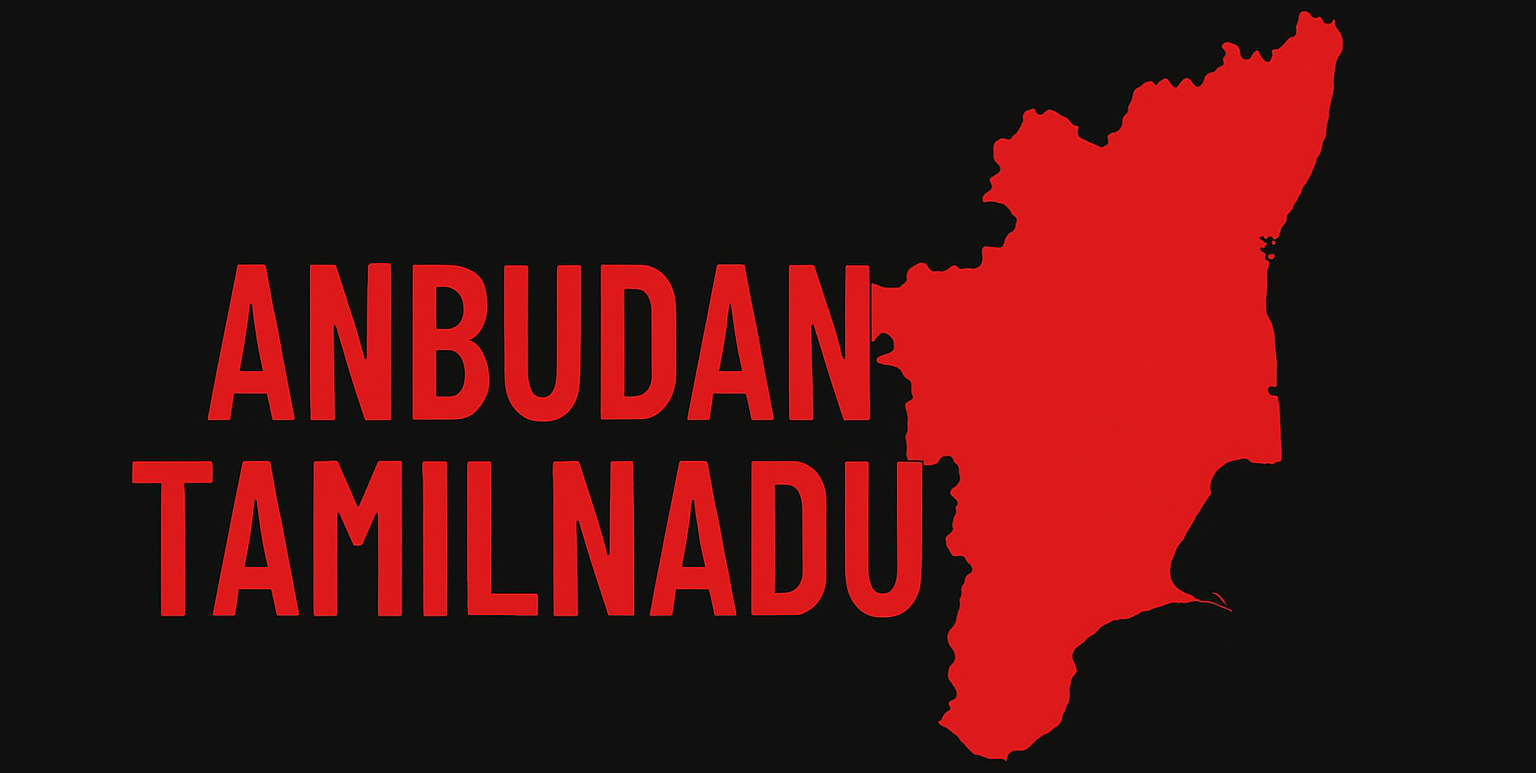“We are not against Brahmins, but against Brahminism.”
— Justice Party Leaders, early 20th century
In the popular narrative of India’s freedom struggle, stories of resistance often revolve around British colonialism. But in southern India, another equally potent resistance was taking shape — this one aimed not at foreign rule, but at social hegemony and caste hierarchy. That resistance was led by the Justice Party, officially known as the South Indian Liberal Federation, a revolutionary force founded in 1916 that laid the foundations for social justice politics in Tamil Nadu.
🔥 Why Was the Justice Party Formed?
During British rule, Brahmins — though only about 3% of the Madras Presidency’s population — held over 70% of high-ranking administrative jobs and dominated English education and the press. Non-Brahmin communities, especially landowners and backward castes, felt systematically excluded.
To address this imbalance, C. Natesa Mudaliar, Dr. T.M. Nair, and Theagaraya Chetty formed the Justice Party to represent non-Brahmin voices in government, education, and society. The party was named for its focus on “justice” for socially marginalized communities.
🎯 Core Goals and Ideology
The Justice Party was secular, anti-casteist, and pro-social reform. Some of its core goals included:
- Caste-Based Representation in government services and education (what would later evolve into today’s reservation system)
- Opposition to Brahminical Domination in administration, religion, and society
- Promotion of Tamil Language and Dravidian Culture, resisting the imposition of Sanskrit and Hindi
- Support for Women’s Education and Rights, albeit within a patriarchal framework
Unlike the Indian National Congress, which often focused on Indian nationalism and unity, the Justice Party focused on social reformation before political independence.
🏛️ Major Achievements in Power (1920–1937)
After the Montagu-Chelmsford Reforms, which allowed limited self-government, the Justice Party came to power in 1920, forming the first elected government in the Madras Presidency. Some landmark reforms during its rule include:
- 1921 Communal Government Order: First-ever reservations in India for non-Brahmins, Muslims, Christians, and Scheduled Castes in education and public service
- Free and Compulsory Education Act (1920s): Expanded access to education for backward castes and girls
- Opening of Schools and Hostels for non-Brahmin students
- Library and Public Reading Room Network: To encourage literacy and rational thinking
These reforms laid the intellectual and institutional groundwork for Tamil Nadu’s later welfare-state model.

💬 Voices from the Margins
While many party leaders came from landowning and elite backward castes, voices like Alamelu Mangai Thayarammal, a poet and reformer, pushed the Justice Party to consider gender justice alongside caste reform. Her writings and public life demonstrated the layered nature of social injustice — where caste, gender, and class overlapped.
⚔️ Challenges and Decline
Despite its historic contributions, the Justice Party began to decline by the mid-1930s due to:
- Authoritarian governance style and elitist leadership
- Lack of grassroots mobilization
- Rising popular support for the Indian National Congress
- Internal caste rivalries
By 1937, it lost power to the Congress in provincial elections. However, the story didn’t end there.

🔁 Legacy: From Justice Party to Dravidian Movement
In 1944, the party was transformed by Periyar E.V. Ramasamy into the Dravidar Kazhagam (DK), which called for radical social change and even a separate Dravidian state. This eventually led to the formation of the Dravida Munnetra Kazhagam (DMK) in 1949 under C.N. Annadurai and later the AIADMK under M.G. Ramachandran.
These parties, ruling Tamil Nadu alternately to this day, trace their ideological roots directly to the Justice Party.
As detailed in Scroll.in, leaders like M. Karunanidhi carried forward this mission through policies like:
- Midday Meal Scheme
- Caste-based Reservation Expansion
- Free Education and Healthcare
- Support for Inter-Caste Marriages and Women’s Empowerment
🌾 Lasting Impact on Tamil Nadu
Today, Tamil Nadu is considered a leader in affirmative action, education access, and social mobility for backward classes. This didn’t happen in a vacuum. It is the legacy of the Justice Party, which dared to challenge 2,000 years of caste orthodoxy through the power of law and governance.

